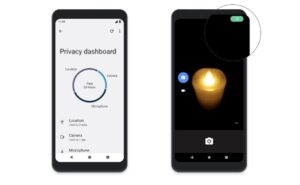For the first-timers using a screen reader, they may wonder how fast it reads and how well the listeners may be able to understand the same. However, that is just an initial response, and those who use the screen readers to understand the online content will soon adjust to it, and it may be further difficult for them to live without it. There are a lot of people across the globe with vision impairment, either partially or fully. Accessing the web world is a need for them too, which is now mandated by laws like the Americans with Disabilities Act 1990 to make every public utility accessible for people with disabilities.
Navigating with screen readers – AccessiBe
Blind people may interact with the screen and navigate through the websites and applications with the help of screen readers. AccessiBe specifies that the websites should confirm accessibility by enabling them to be screen reader-friendly and also compliant with the working of other supportive software. For example, if a text is designed as part of the image, low vision users may have trouble accessing it as the screen readers cannot understand it as text. Some screen readers will only read specific elements such as ‘image,’ ‘link,’ or ‘radio button,’ etc.
In terms of putting links, it is painful for the people using assistive technologies to click on the unlabeled links just to discover that it takes them somewhere away from where they intended to go. They may have to go through several trials and errors to identify the right path. So, it is important to provide proper link descriptions to ensure web accessibility by specifying the link’s intent and designation.
Making apps and websites accessible
Many people think that digital accessibility compliance can be achieved only by sacrificing the styling of websites and applications. But this is not true. On the other hand, sticking to the accessibility compliance measures will make your website more popular along with being accessible to all. Implementing the best practices can also bring up some innovative designs.
With every one out of four people in the United States having some sort of physical disability, it also makes business sense to comply with digital accessibility needs. It is also estimated that the pan-world market of people having disabilities is huge, with a spending power of more than six trillion dollars. People with all sorts of disabilities tend to spend more time online and spend money now with the impact of the pandemic restrictions. As per a study conducted by the Digital Commerce 360 agency, the digital revenue had increased by about 50.9% in 2021 compared to the stats of 2019. In the coming years, this may experience another huge leap.
As screen readers are the most compatible device used for digital content access for the developers and testers, it is essential to ensure compliance with these in order to ensure accessibility. AccessiBe suggests that there are various testing modalities to ensure accessibility compliance, which needs to be mandated for all websites and applications.




Average Rating